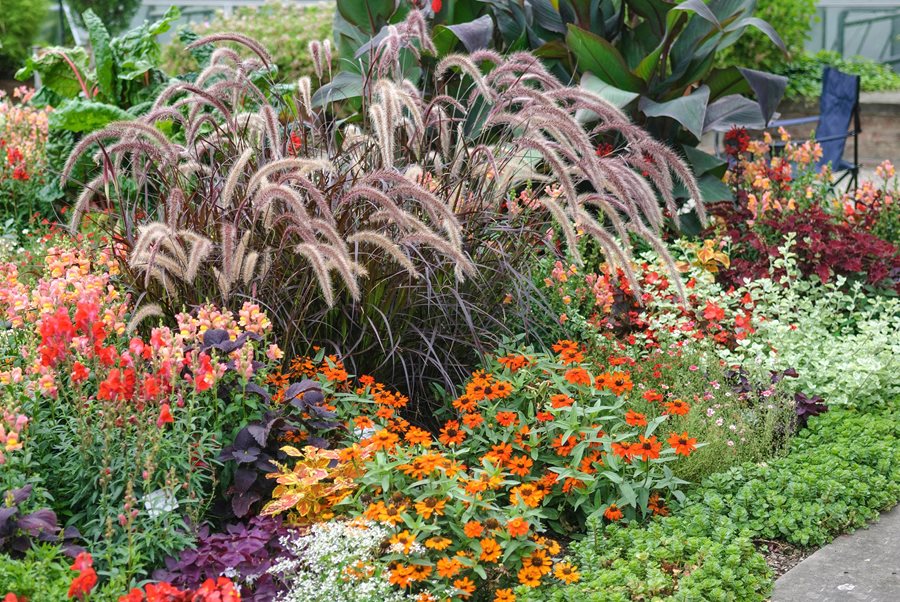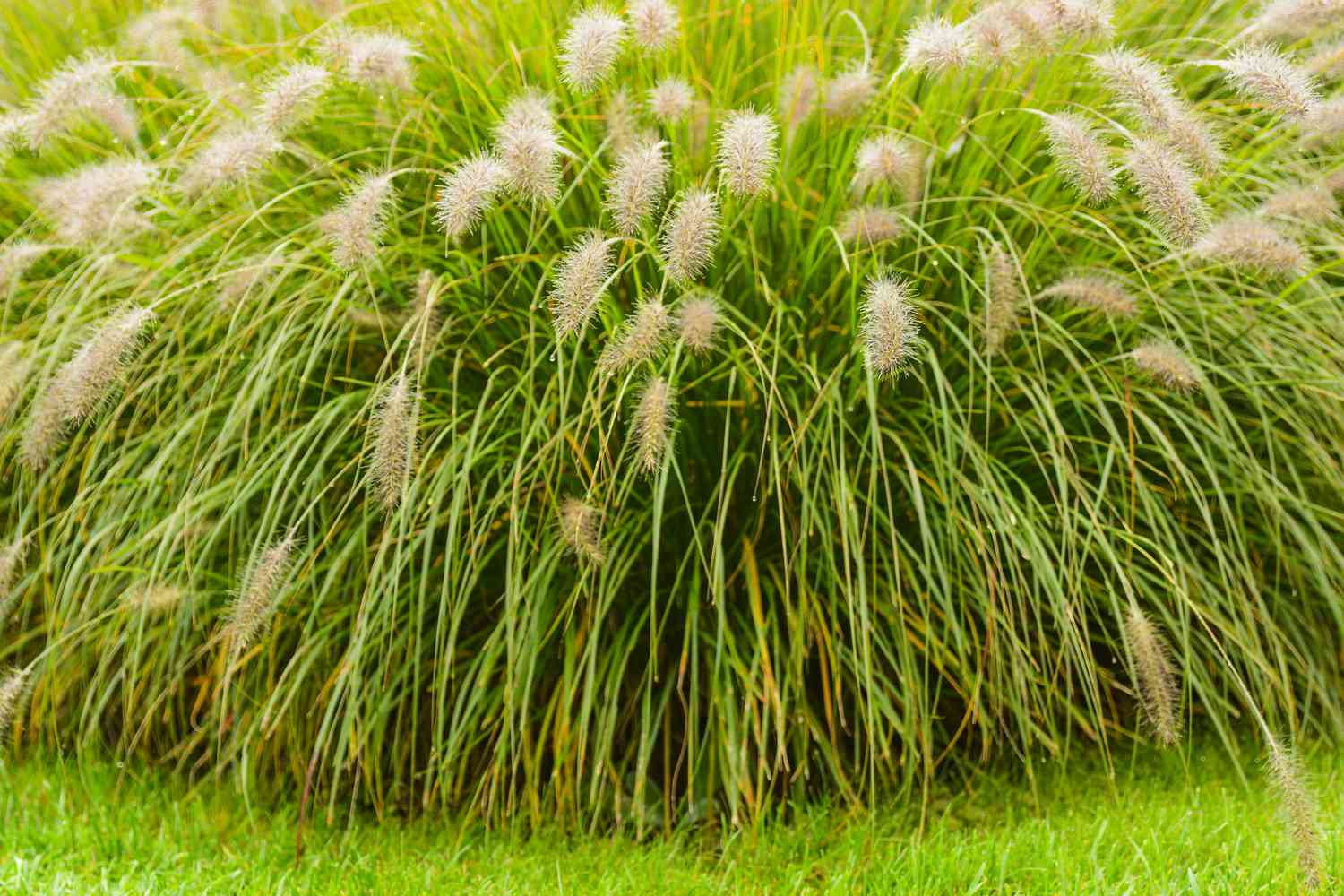Discover the Allure of Fountain Grass: A Comprehensive Guide
Uncover the beauty and versatility of fountain grass in this informative guide. Learn about its various species, cultivation tips, and landscaping possibilities.
Introduction:
Welcome to the enchanting world of fountain grass! In this comprehensive guide, we’ll delve into everything you need to know about this versatile and ornamental plant. From its origins and different species to cultivation tips and landscaping ideas, you’ll gain valuable insights into incorporating fountain grass into your outdoor spaces.
Unveiling Fountain Grass: Understanding Its Beauty and Versatility
Fountain grass, known scientifically as Pennisetum, is a stunning ornamental grass prized for its graceful arching foliage and striking plumes. Let’s explore the mesmerizing allure of this plant and its diverse applications in landscaping and gardening.
Exploring Different Species of Fountain Grass
Fountain grass encompasses a wide array of species, each with its own unique characteristics and growing requirements. From the popular Pennisetum alopecuroides to the elegant Pennisetum setaceum, discover the diverse range of fountain grass varieties and their distinct attributes.
Pennisetum Alopecuroides: The Classic Fountain Grass
Pennisetum alopecuroides, commonly known as Chinese fountain grass, is revered for its compact size, tufted foliage, and creamy-white plumes. Learn how to cultivate and care for this beloved fountain grass variety in your garden.
Pennisetum Setaceum: The Red Fountain Grass
Pennisetum setaceum, or red fountain grass, captivates with its striking burgundy foliage and feathery plumes. Explore the unique characteristics of this vibrant variety and discover creative ways to incorporate it into your landscape design.
Cultivating Fountain Grass: Tips for Success

Whether you’re a seasoned gardener or a novice enthusiast, cultivating fountain grass is a rewarding endeavor. Follow these expert tips to ensure your fountain grass thrives in any environment.
Optimal Growing Conditions
Fountain grass thrives in well-drained soil and full sunlight, making it an ideal choice for sunny garden spots. However, certain species, such as Pennisetum setaceum, can tolerate partial shade with proper care.
Soil Preparation and Planting
Prepare the planting site by loosening the soil and incorporating organic matter to improve drainage and fertility. When planting fountain grass, ensure proper spacing between individual plants to allow for adequate air circulation and growth.
Watering and Maintenance
Once established, fountain grass requires minimal maintenance. Water deeply but infrequently, allowing the soil to dry out between waterings to prevent root rot. In colder climates, consider mulching around the base of the plant to protect it from frost damage.
Landscaping with Fountain Grass: Inspiring Ideas
Fountain grass adds texture, movement, and visual interest to any landscape setting. Discover creative ways to incorporate this versatile plant into your outdoor spaces for year-round beauty.
Border Plantings and Edging
Use fountain grass as a border or edging plant along pathways, flower beds, or garden borders. Its graceful foliage and plumes create a soft, ethereal effect, enhancing the overall aesthetic of your garden design.
Container Gardening
Fountain grass thrives in containers, making it a versatile choice for patios, decks, and balconies. Combine different fountain grass varieties with complementary plants to create stunning container arrangements that add height and dimension to your outdoor space.
Mass Plantings and Groupings
Create dramatic focal points in your landscape by mass-planting fountain grass in strategic locations. Whether used as a standalone specimen or combined with other ornamental grasses and perennials, fountain grass adds texture and movement to any garden setting.
Conclusion: Embrace the Beauty of Fountain Grass
In conclusion, fountain grass offers an abundance of beauty, versatility, and landscaping potential for gardeners and outdoor enthusiasts alike. By understanding its various species, cultivation requirements, and landscaping applications, you can harness the enchanting allure of fountain grass to create captivating outdoor spaces that delight the senses.
FAQs
- How tall does fountain grass grow? Fountain grass can vary in height depending on the species and growing conditions. On average, most fountain grass varieties reach a height of 2 to 4 feet, with some taller cultivars reaching up to 6 feet in height.
- Does fountain grass require pruning? While fountain grass is relatively low-maintenance, it benefits from occasional pruning to remove dead or damaged foliage and promote new growth. Prune fountain grass in late winter or early spring before new growth emerges.
- Is fountain grass invasive? Some species of fountain grass, such as Pennisetum setaceum, have invasive tendencies in certain regions. It’s essential to research local regulations and choose non-invasive fountain grass varieties for your garden to prevent potential ecological disruptions.
- How do I propagate fountain grass? Fountain grass can be propagated through division or seed sowing. Divide mature clumps of fountain grass in spring or early fall, ensuring each division has sufficient roots and foliage. Alternatively, collect seeds from mature plumes and sow them indoors or directly into the garden soil.
- Does fountain grass attract wildlife? Fountain grass provides habitat and food sources for various wildlife species, including birds and butterflies. The feathery plumes of fountain grass attract birds seeking nesting materials, while the seeds provide a valuable food source during the winter months.
- Can fountain grass be grown indoors? While fountain grass is primarily grown outdoors, certain dwarf varieties can thrive as indoor houseplants. Choose compact fountain grass cultivars and place them in bright, sunny locations indoors, ensuring adequate airflow and drainage to prevent root rot.



